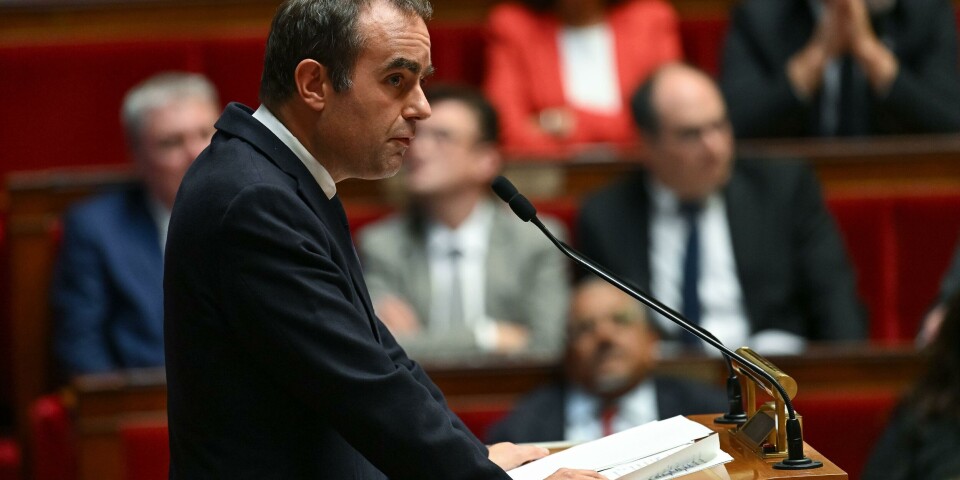-
Step back in time for some ‘dinosaur’ planting in your French garden
Captivated in the garden this month by one species of plant that dates back 200 million years, and another which is one of the oldest flowering plant families on the planet
-
Classic French recipe with an exotic twist: caramelised onion soup
A dish inspired by the travels of two Paris chefs
-
HPI final season: the end of a French TV phenomenon
Comedy-thriller starring Audrey Fleurot that gripped France airs final episodes
Rare public outing for Emperor's old clothes
Uniform famously worn by Napoleon during his exile on St Helena on show for one day forllowing painstaking four-month restoration

A uniform Napoleon wore while in exile on the island of St Helena has been restored and shown to the public for just one day, at the Musées de Sens in the Yonne.
The uniform, of the Chasseur à Cheval of the Imperial Guard, has been one of the greatest treasures at the museum for more than 150 years. It is the one Napoleon is often represented in, together with his bicorn hat. It rarely goes on public display because it is so fragile. Experts say that it needs to be carefully stored for one year for every month it is on show.
The €20,000 cost of the painstaking four-month restoration of the uniform and one of the Emperor's bicorn hats was paid for by the Fondation Napoléon.
Additions to the costume from a previous restoration in the 1980s were removed, dust and dirt cleaned off, and holes in the literally moth-eaten garment mended.
Despite restorers' efforts, it was not possible to restore the historic clothes to their former glory. The dress coat is now blue when it was originally green. This is because the yellow element in the green faded first but the experts were unable to re-dye the material as it is too delicate and it would have been impossible to match the exact historic colour.
When Napoleon went to St Helena, he continued to wear his uniform to show his British captors that he considered himself still to be Emperor.
When he died he left two uniforms. He was buried in one at the Dôme des Invalides in Paris. The second was given to Mamelouk Ali, a military officer who remained faithful to the end. When Ali died, he bequeathed it to the museum in his home town.
The museum plans to build a special room to show off the precious uniform which needs to be displayed in low-level lighting and at a constant temperature and humidity level.
























